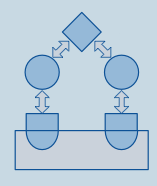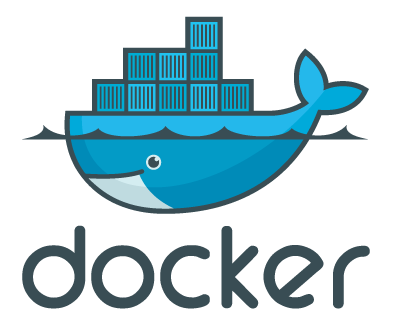There is an ongoing movement to transition modern libraries away from directing their money away from journal subscriptions towards publishing academic material. CERN has announced they will be releasing much of their data as open access to further this cause as a part of SCOAP3. This is one of the largest open access initiatives to […]
-
-
OpenTrons is a new startup focused on building open source automated robotic systems for use in scientific experiments. Currently, the company is developing the BioBot: a machine for liquid handling that will cost less than 10% the price of a traditional liquid handling robot. The goal of this company is to make low-cost scientific robotics […]
-
Pharmaceutical research has been bogged down by exceptionally high costs and extended clinical trials that are becoming less and less effective. It appears this industry is ripe for adopting open practices in the development process, and many executives and researchers are looking for ways to make drug research more transparent while protecting the interests of […]
-
Scientific information is most useful if it is widely available for individuals and groups to use for finding solutions to societal problems. To address this, the 3TU.Datacentrum has been founded to make data reusable, discoverable, and accessible for the long term. More from OpenSource.com
-
A number of scientific organizations have found OpenStack to be a helpful tool in the scientific research process. Argonne National Laboratory, CERN, and the MIT Computer Science & Artificial Intelligence lab are a few of the organizations that have successfully deployed OpenStack builds. More from OpenSource.com
-
The Digital Index of North American Archaeology (DINAA) is an index of citations and ontological connections that incorporate many aspects of archaeology. The index has focused on providing services that are comprehensive and useful while protecting private data of the parties involved including names and locations. More from OpenSource.com
-
Nature Methods is a scientific journal that has been in existence since 1869. Recently, its been discovered that many experiements within the journal can’t be reproduced because software code was not being published along side the research articles. The journal has been updated to include provisions that require the publishing of all code with the […]
-
Graduate students Josh Siegle and Jakob Voigts wanted to perform neurological studies on mice which required extremely expensive brain monitoring equipment. Rather than spending money they didn’t have, they learned about integrated circuit design and developed their own hardware that costs about 95% less than traditional products. More from IEEE Spectrum.
-
The Mozilla Science Lab is tasked with exploring methods for performing scientific work over the web. The organization looks to improve the resources available to researchers, address bottlenecks in the process, promote best practices for open and web-enabled science, and to bring together a diverse set of participants. More from OpenSource.com
-
Open Source Malaria (OSM) is a group dedicated to finding a cure for malaria to share it freely. The group follows the six laws of open source research and has managed to get many different individuals and organizations involved with the research. More from OpenSource.com
-
NASA will be releasing a catalog of software source code for more than 1,000 projects on April 10. More at Gigaom
-
-via Armed and Dangerous
-
-via Computer Weekly
-
-via opensource.com
-
-
-via opensource.com
-
-via opensource.com
-
-via EE Times
-
-via opensource.com
-
-via Linux Gizmos
-
OST Original
Docker: Taking a Look Through the Hype
I’ve spent the last couple of months working an internship for The Linux Foundation, doing research on new developments and adoption trends in the open source industry. If you have spent any amount of time reading about open source over the last year, you have probably heard about Docker; a lot of people are talking […]
-
Ushahidi develops open source software for communities to track distributed, crowd-sourced data tools that can help in a variety of situations including crisis response and evaluation and government operations. More from Sci Dev Net.
-
Scientific research has been held back to some extent in recent years due to the restrictions the traditional publishing model imposes. A number of tools have been built to remedy this, including the Open Science Framework: a cloud-based management system for scientific research, and GitLab: a popular platform for hosting digital resources like software code. […]
-
-
In an effort to expand on their successes in medical research apps with the release of ResearchKit, Apple has released CareKit, a framework for making healthcare apps, as open source. Apple plans to release the software in April, and the company said the software is aimed at making things easier for users to track their health […]








